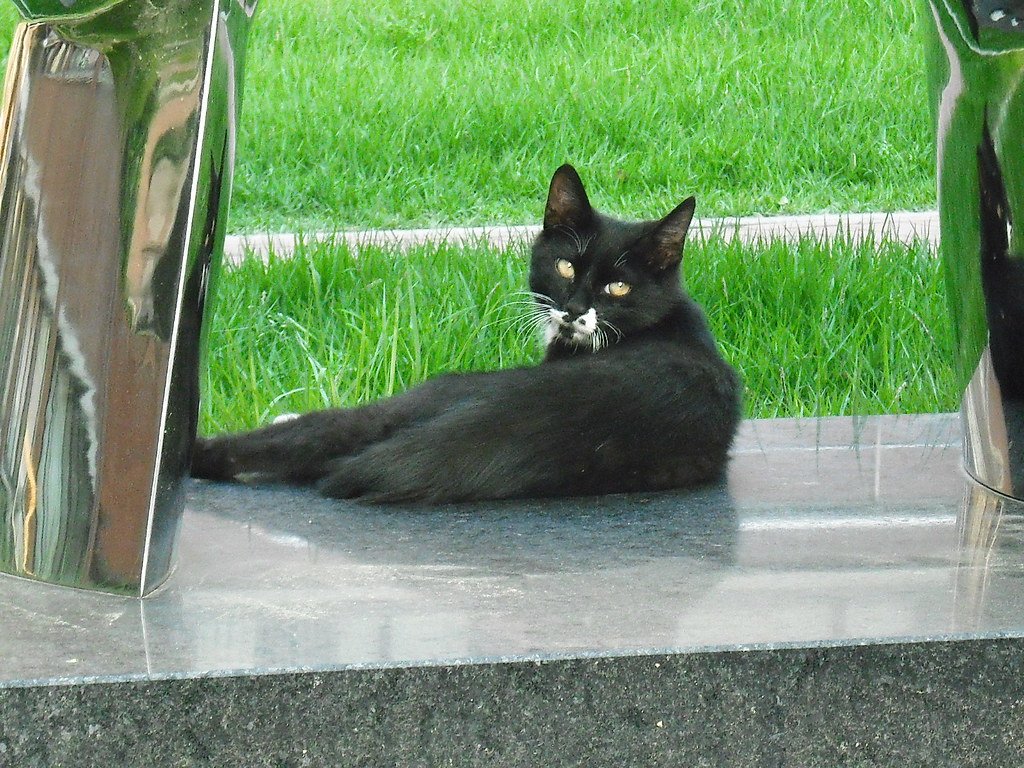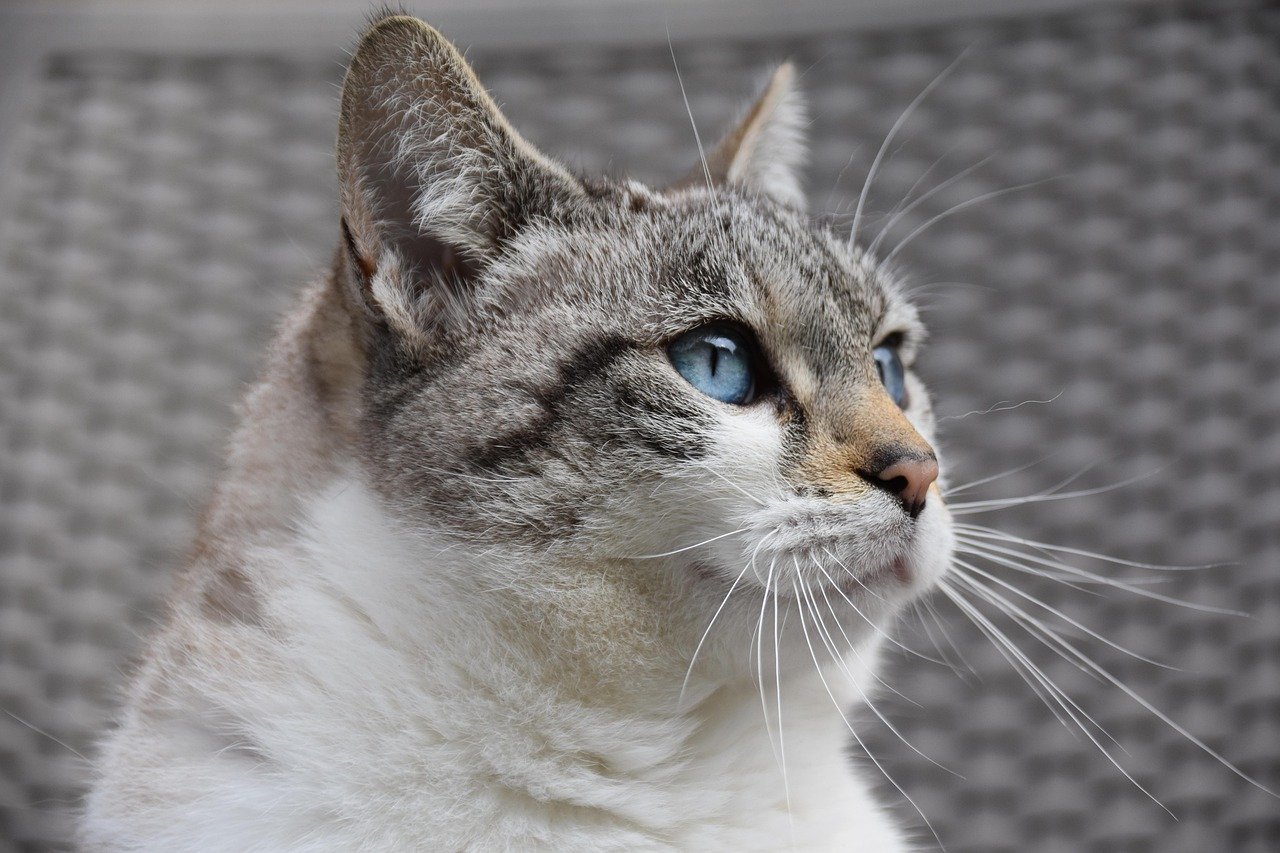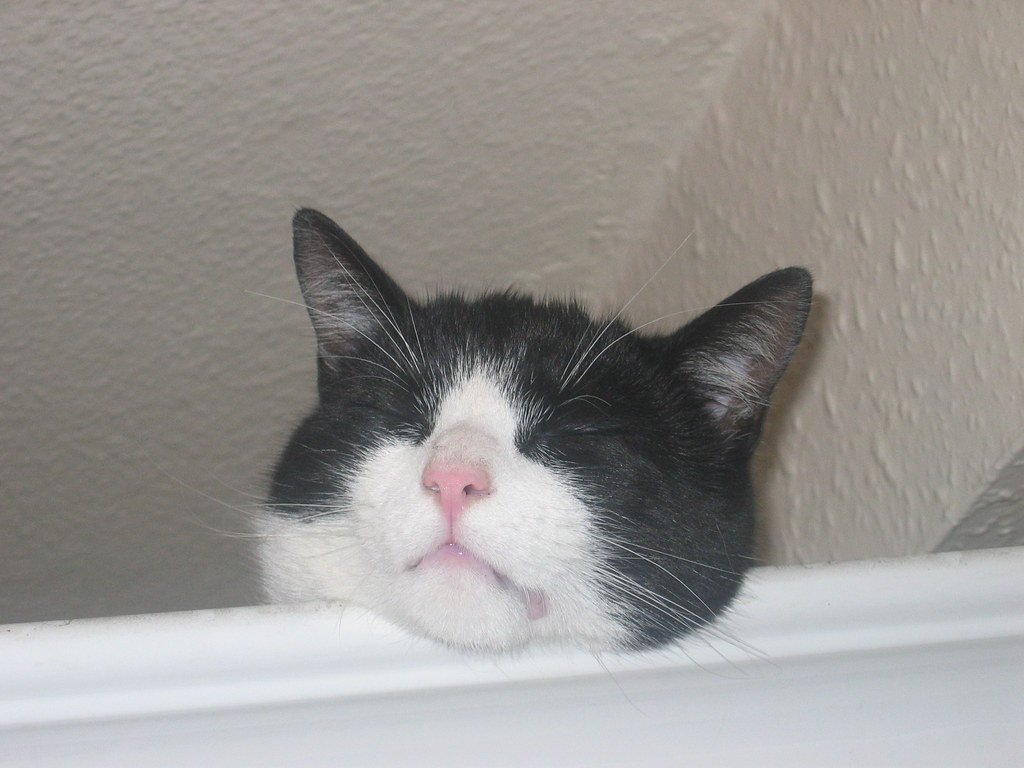Smilodon: The “Saber-Tooth Tiger” That Wasn’t Actually a Tiger

For over a century, paleontologists called this fearsome predator a “saber-tooth tiger,” but recent DNA analysis reveals it was more closely related to modern lions than tigers. The massive canine teeth that made Smilodon famous were initially thought to be for slashing prey, but scientists now believe they were precision tools for delivering fatal throat bites to massive Ice Age mammals.
Early fossil reconstructions showed Smilodon as a solitary hunter, similar to modern tigers. However, evidence from the La Brea Tar Pits suggests these cats lived and hunted in social groups, making them more like prehistoric lions with oversized dental equipment.
Thylacoleo: The “Marsupial Lion” Mistaken for a Giant Wombat

When Australian paleontologist Richard Owen first examined Thylacoleo fossils in 1859, he classified them as belonging to a giant herbivorous marsupial related to wombats. The massive skull and powerful jaw muscles seemed perfect for grinding tough plant material, not hunting prey.
It took nearly 100 years for scientists to realize their mistake. Thylacoleo was actually Australia’s apex predator, equipped with bolt-cutter teeth that could slice through bone like butter. This “marsupial lion” could climb trees and leap onto unsuspecting prey from above, making it one of the most terrifying hunters in prehistoric Australia.
Machairodus: The European “Scimitar Cat” Confused with Early Horses

Early 19th-century paleontologists examining fragmented Machairodus fossils from European sites initially classified many specimens as belonging to primitive horses or other ungulates. The confusion arose because these cats’ powerful limb bones resembled those of hoofed animals rather than typical feline anatomy.
The breakthrough came when complete skulls were discovered, revealing the characteristic saber-like canine teeth. Machairodus was actually a highly specialized predator that hunted the very animals it was initially mistaken for, stalking ancient horses and deer across prehistoric European grasslands.
Homotherium: The “Scimitar Cat” That Scientists Thought Was a Bear

Russian paleontologists working in Siberian cave sites during the 1960s repeatedly classified Homotherium fossils as belonging to a previously unknown species of cave bear. The robust build and massive skull seemed to fit perfectly with other bear specimens found in the same deposits.
Only when American researchers examined the fossils decades later did they recognize the telltale signs of a saber-toothed cat. Homotherium’s flattened, serrated canine teeth were designed for slicing rather than crushing, and its powerful shoulders were built for wrestling down mammoth calves, not foraging for plants like bears.
Dinictis: The “False Saber-Tooth” Labeled as a Primitive Dog

When Dinictis fossils were first discovered in South Dakota’s White River Formation in 1876, paleontologists were baffled by the creature’s unique anatomy. Its elongated skull and prominent canine teeth seemed to bridge the gap between cats and dogs, leading many to classify it as an early member of the dog family.
For nearly 50 years, Dinictis appeared in textbooks as a “cat-like dog” that represented an evolutionary link between the two groups. Modern analysis revealed it was actually a nimravid, or “false saber-tooth cat,” representing a completely separate evolutionary lineage that independently developed similar hunting adaptations to true cats.
Eusmilus: The “Knife-Tooth Cat” Mistaken for a Hyena

French paleontologists examining Eusmilus fossils from Oligocene deposits consistently classified these specimens as belonging to an ancient hyena species. The robust skull structure and powerful jaw muscles seemed to indicate a bone-crushing scavenger rather than an active predator.
The error persisted for decades until researchers noticed the extremely long, knife-like canine teeth that gave Eusmilus its name. These weren’t designed for crushing bones but for precise killing strikes, making this “knife-tooth cat” one of the most specialized predators of its era, capable of taking down prey much larger than itself.
Barbourofelis: The “False Saber-Tooth” Called a True Cat

American paleontologists studying Barbourofelis fossils from Nebraska in the early 1900s immediately recognized the saber-like canine teeth and classified it as a true member of the cat family. The specimen seemed to represent a perfect evolutionary step between early cats and later saber-toothed species.
Detailed anatomical studies in the 1980s revealed that Barbourofelis wasn’t a true cat at all, but rather a highly specialized nimravid. Its saber teeth were even more extreme than those of real saber-toothed cats, extending so far below the jaw that the animal required a special flange of bone to protect them when the mouth was closed.
Amphimachairodus: The “Massive Saber-Tooth” Thought to be a Giant Hyena

Soviet paleontologists working in Kazakhstan during the 1970s consistently misidentified Amphimachairodus fossils as belonging to a previously unknown species of giant hyena. The massive skull and powerful build seemed to indicate a scavenger capable of crushing the bones of large mammals.
When Western researchers finally examined the specimens after the Cold War, they discovered that Amphimachairodus was actually one of the largest saber-toothed cats ever discovered. Standing nearly four feet tall at the shoulder, this prehistoric predator could take down elephants and other megafauna with its massive sabers, making it one of the most formidable hunters of the Miocene epoch.
Paramachairodus: The “Intermediate Saber-Tooth” Classified as a Leopard

Early 20th-century paleontologists examining Paramachairodus fossils from European sites noted the relatively modest saber teeth compared to other prehistoric cats. The proportions seemed to match those of modern leopards, leading to classifications as an ancient leopard species with slightly enlarged canines.
Modern analysis revealed that Paramachairodus was actually a transitional form between early cats and true saber-toothed species. Its “modest” sabers were actually highly efficient killing tools, perfectly sized for hunting the medium-sized prey that dominated European ecosystems during the Miocene period.
Megantereon: The “Dirk-Tooth Cat” Mistaken for a Lynx

Italian paleontologists studying Megantereon fossils from Tuscany in the 1940s were struck by the animal’s relatively small size and compact build. The proportions seemed to match those of modern lynx species, leading to initial classifications as an ancient lynx with unusually large canine teeth.
Subsequent research revealed that Megantereon was actually a highly specialized “dirk-tooth cat” whose compact build was perfectly adapted for its hunting strategy. Rather than being a simple lynx ancestor, this prehistoric predator was designed for delivering precise, fatal stabs to the necks of large prey animals across Africa, Europe, and Asia.
Adelphailurus: The “Brother Cat” Thought to be a Weasel

When Adelphailurus fossils were first discovered in American deposits from the Miocene epoch, paleontologists were puzzled by the creature’s unusual anatomy. The elongated skull and small size seemed more consistent with members of the weasel family than with any known cat species.
For over 30 years, Adelphailurus appeared in scientific literature as a “cat-like mustelid” that represented convergent evolution between predatory mammals. Only detailed anatomical analysis in the 1990s revealed that this “brother cat” was actually a primitive member of the cat family, representing one of the earliest examples of feline evolution in North America.
Conclusion

The history of prehistoric cat paleontology is filled with fascinating mistakes and revelations that remind us how challenging it can be to reconstruct ancient life from fragmentary fossils. Each misidentification taught scientists valuable lessons about the incredible diversity of extinct feline predators and the importance of careful anatomical analysis.
From saber-toothed “tigers” that weren’t tigers to marsupial “lions” mistaken for giant wombats, these prehistoric cats demonstrate the remarkable variety of evolutionary solutions to the challenge of being an apex predator. Their stories continue to reshape our understanding of ancient ecosystems and the complex relationships between predators and prey throughout Earth’s history.
What strikes you most about these ancient feline mysteries – the scientific detective work required to solve them, or the incredible diversity of prehistoric predators that once roamed our planet?
Hi, I’m Bola, a passionate writer and creative strategist with a knack for crafting compelling content that educates, inspires, and connects. Over the years, I’ve honed my skills across various writing fields, including content creation, copywriting, online course development, and video scriptwriting.
When I’m not at my desk, you’ll find me exploring new ideas, reading books, or brainstorming creative ways to solve challenges. I believe that words have the power to transform, and I’m here to help you leverage that power for success.
Thanks for stopping by, Keep coming to this website to checkout new articles form me. You’d always love it!






